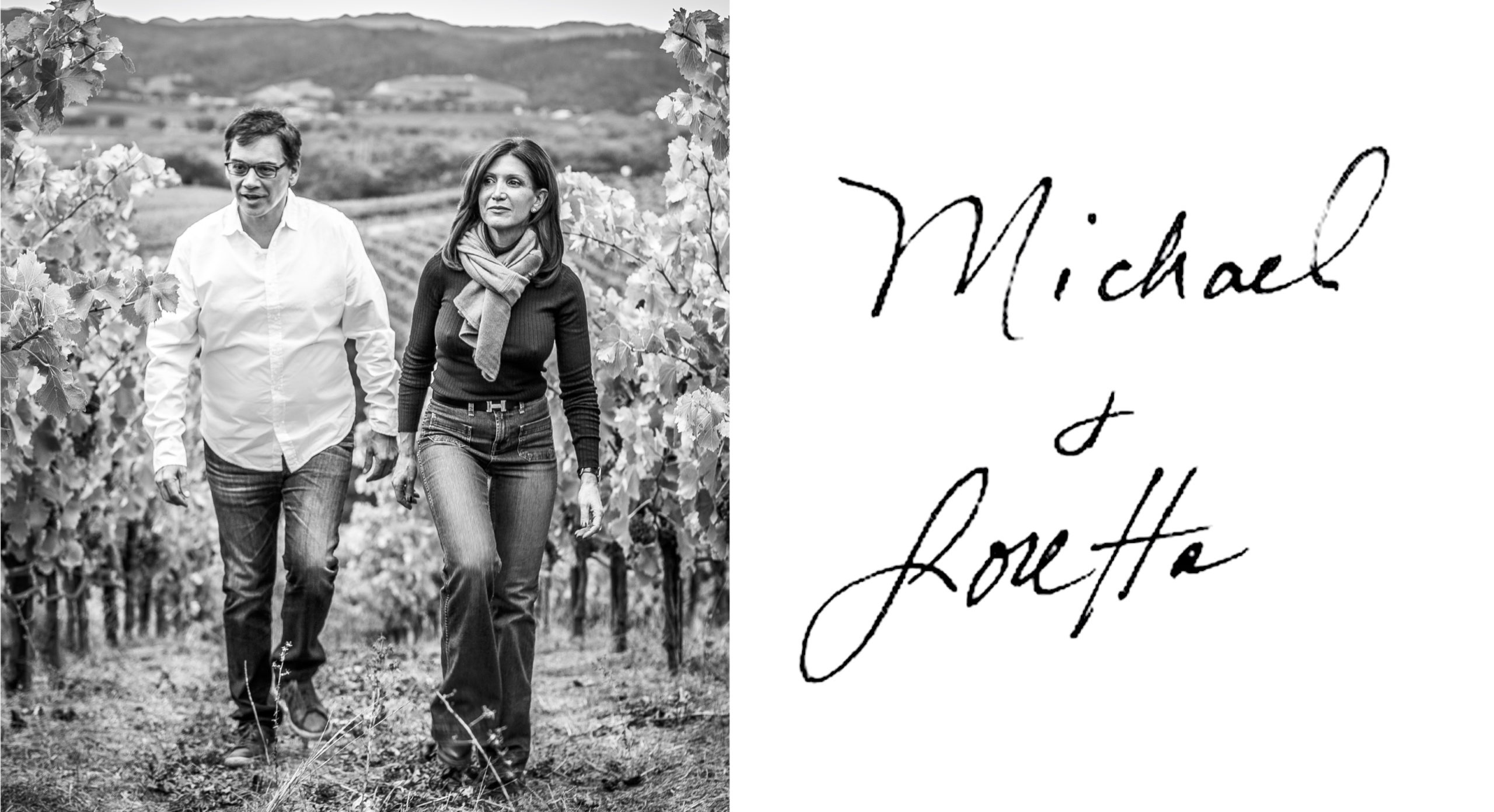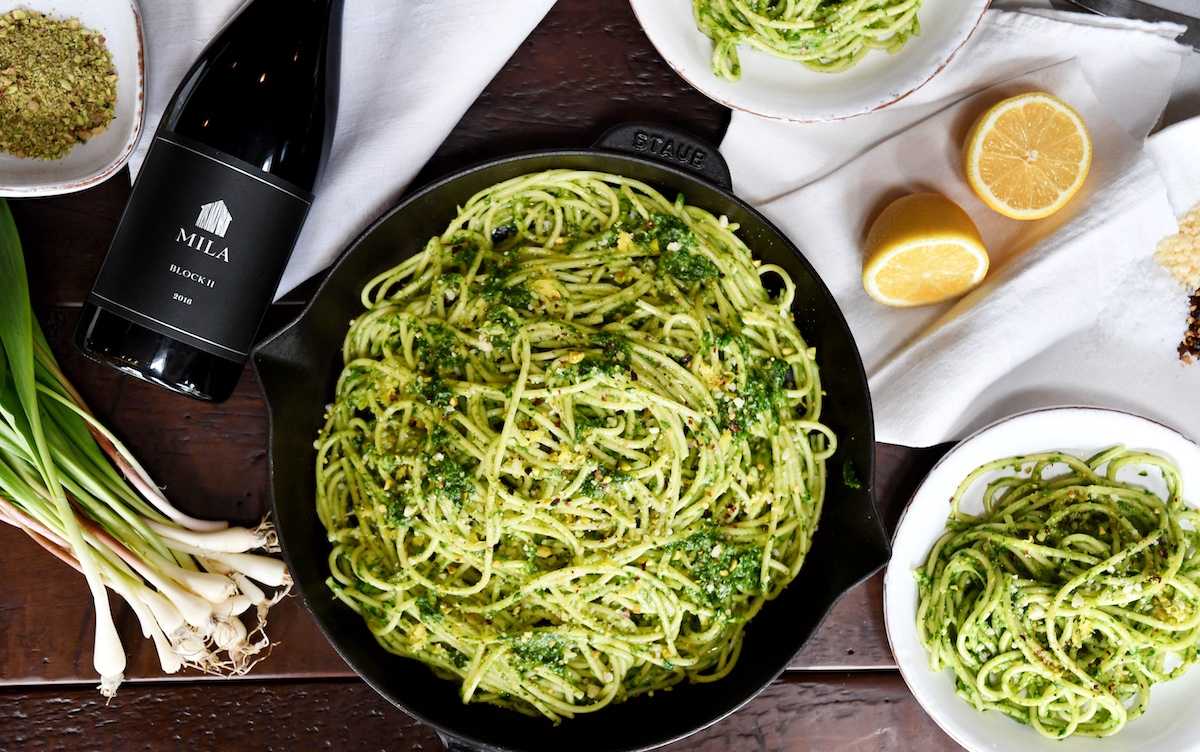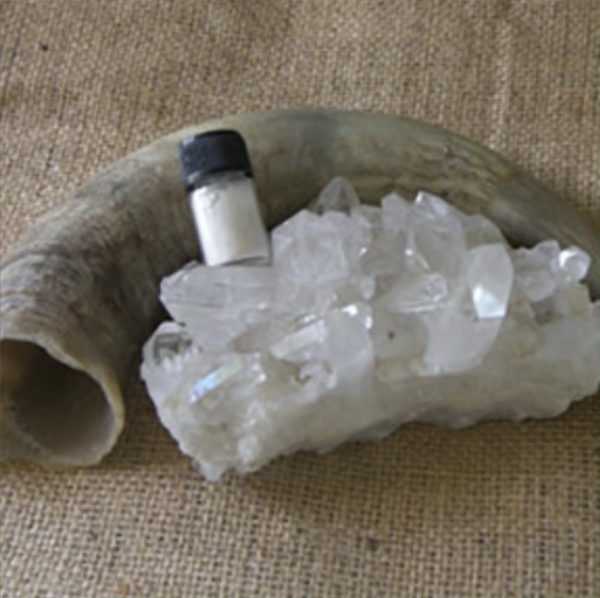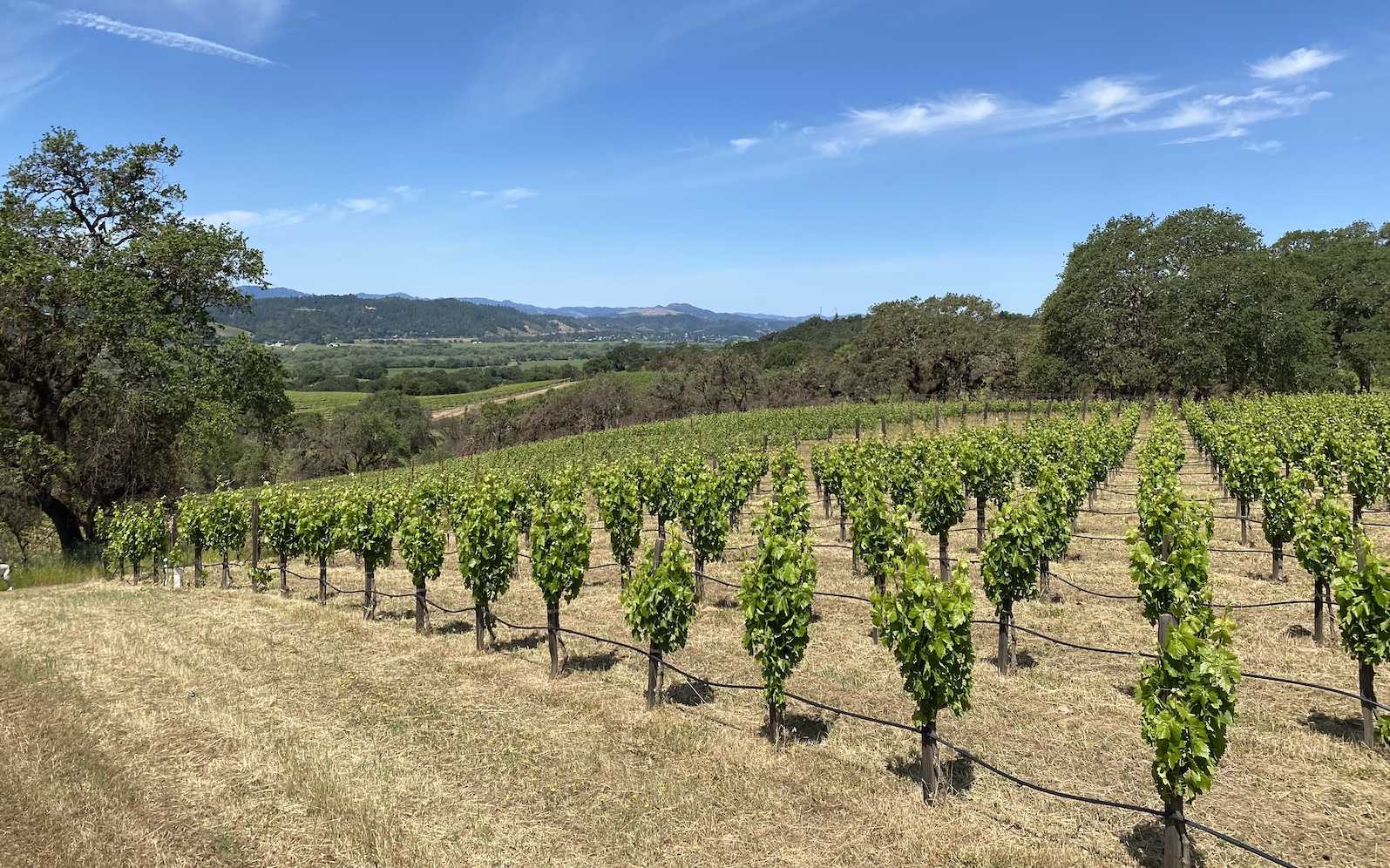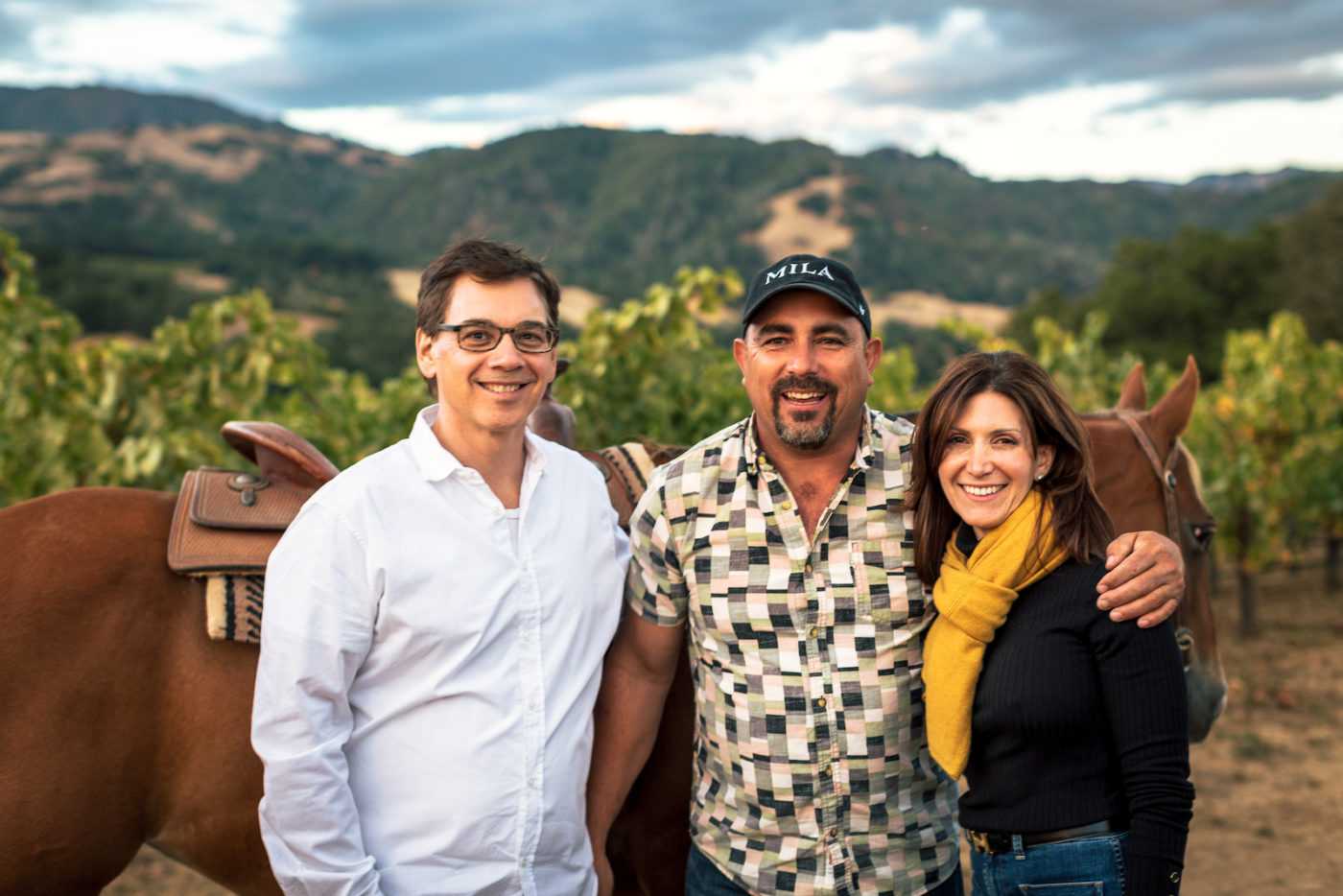may 2020 newsletter

inflorescence
Dear Friends,
This photo may look like it depicts bunches of miniature grapes, but it’s more like a sketch outlining the possibilities for this year’s harvest. Each green pellet is actually a compacted flower, encased in a sheath of fused petals.
Any day now, these tiny orbs will burst open to reveal clusters, or inflorescences, of white blossoms, each fragrant flower representing a potential berry. Over the ensuing week, the hermaphroditic blossoms pollinate themselves, saving bees a lot of trouble.
That’s the idea, anyway. Grenache, our main crop, is a bit lackluster about self-pollination. That’s fine by us, because the fewer the number of berries on each vine, the more concentrated the flavor will be in each grape.
As long as the vineyard doesn’t experience catastrophic weather, such as hail, frost, or high wind, the pollinated flowers will become healthy fruit and the growing season will be underway.
It’s an exciting time of year, full of hope and possibility.
Best wishes,
